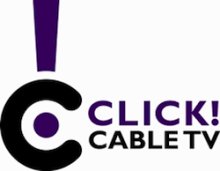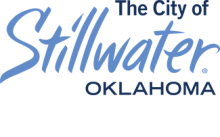Cortez Community Network Pilot; Ready To Connect Residents
Cortez is ready to use its publicly owned infrastructure to begin a Fiber-to-the-Home (FTTH) pilot project. At the March 27th City Council meeting, members unanimously approved fees and rates for the Cortez Community Network Pilot, which marks a shift as the city moves to offer retail Internet access to residents and businesses.
Time To Serve Residents
Earlier this month, General Services Director Rick Smith presented information to the City Council about the pilot at a workshop so they could ask in-depth questions. At the workshop, City Manager Shane Hale described the challenges of finding ISPs willing to offer residential Internet access via Cortez’s fiber infrastructure. “We found that there were very few providers that actually wanted to go Fiber-to-the-Home,” he said. “Homeowners are a lot of work.”
The city’s network has provided open access fiber connectivity to municipal and county facilities, schools, community anchor institutions (CAIs), and downtown businesses for years. They officially launched the network in 2011 after serving public facilities and a few businesses on an as-needed basis. A 2015 expansion brought the network allowed Cortez to offer fiber connectivity to more premises. There are at least seven private sector ISPs using the infrastructure to offer services to local businesses.
The open access model will remain for commercial connections in Cortez, but for now the city plans to operate as a retail ISP for residents who sign up on the pilot program. At the March 27th meeting, the City Council established rates for subscribers, who will pay $150 for installation and $60 per month for 100 Megabits per second (Mbps) for upload and download speeds. Subscribers will also need to rent a GigaCenter Wi-Fi router for $10 per month.
Waiting On The Wings Of The Pilot Program




